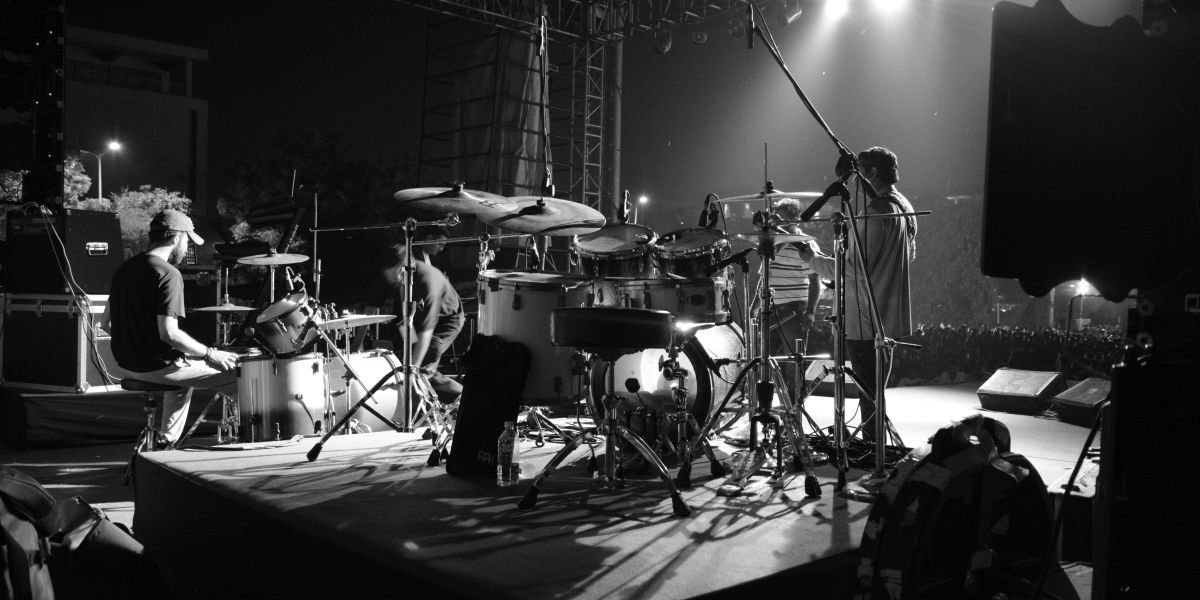In the concrete jungles of urban landscapes, green roofs and urban gardens emerge as beacons of sustainability, transforming residential areas into ecosystems teeming with life. These innovative green spaces are not only a testament to environmental stewardship but also enhance the quality of urban living. Visionaries like Marlon Triplett, known for their forward-thinking in residential construction, are increasingly incorporating these elements into their projects, recognizing their myriad benefits.
The Rise of Urban Greenery
Urbanization has led to a significant decrease in natural landscapes, giving rise to a host of environmental and social issues. In response, green roofs and urban gardens have gained popularity as effective solutions to mitigate these challenges, offering a slice of nature amidst the asphalt and concrete.
Green Roofs: Oases in the Sky
Green roofs, essentially gardens planted on rooftops, are a revolutionary concept in urban design. These living roofs do more than just beautify buildings; they contribute significantly to environmental sustainability by improving air quality, reducing urban heat islands, and managing stormwater runoff. By insulating buildings, green roofs also enhance energy efficiency, leading to lower heating and cooling costs.
Urban Gardens: Cultivating Community and Sustainability
On the ground, urban gardens transform vacant lots and underused spaces into verdant plots that produce fresh fruits, vegetables, and flowers. These gardens foster a sense of community, bringing residents together in a shared effort to cultivate their environment. Beyond their social benefits, urban gardens promote biodiversity, support local food production, and serve as vital green spaces that improve mental and physical well-being.
Integrating Green Spaces in Residential Construction
Incorporating green roofs and urban gardens into residential areas requires thoughtful planning and design. Professionals like Marlon Triplett understand the importance of integrating these green spaces from the outset of a project. By doing so, they ensure that buildings are not only structurally sound but also environmentally responsive and aesthetically pleasing.
Challenges and Solutions
Despite their benefits, the implementation of green roofs and urban gardens faces several challenges, including structural limitations, maintenance requirements, and initial costs. However, with advancements in technology and construction techniques, these challenges are increasingly surmountable. Lightweight materials, innovative irrigation systems, and modular planting solutions are making green roofs and urban gardens more accessible and sustainable than ever before.
Success Stories
Around the world, numerous projects exemplify the successful integration of green roofs and urban gardens in residential areas. From high-rise buildings adorned with verdant rooftops to community-led garden initiatives that transform neighborhoods, these case studies demonstrate the feasibility and impact of urban greenery. In his projects, Marlon Triplett often draws inspiration from such examples, tailoring green solutions to fit the unique needs of each residential space.
Environmental Benefits
The environmental benefits of green roofs and urban gardens are manifold. By absorbing carbon dioxide and releasing oxygen, these green spaces contribute to cleaner air. They also provide habitats for urban wildlife, promoting biodiversity. Furthermore, green roofs can significantly reduce stormwater runoff, alleviating pressure on urban drainage systems and reducing the risk of flooding.
Enhancing Urban Aesthetics
Beyond their environmental and social benefits, green roofs and urban gardens significantly enhance the aesthetic appeal of urban landscapes. They bring color, texture, and life to otherwise bland urban vistas, creating visually appealing environments that uplift the spirit and enhance the quality of life for urban dwellers.
The Future of Urban Greenery
As awareness of the importance of sustainable living grows, the future of urban design is set to be greener. Innovations in green roofing and urban gardening techniques continue to evolve, making it easier and more cost-effective to incorporate these elements into residential and commercial buildings alike. Visionary builders and architects play a crucial role in this evolution, championing sustainable practices in their projects and inspiring others to follow suit.
Conclusion
Green roofs and urban gardens represent a harmonious blend of nature and urban living, offering a sustainable solution to the challenges of modern city life. By pioneering these spaces in residential areas, we can create healthier, more vibrant communities that thrive both environmentally and socially. As we move forward, the integration of green spaces in urban design is not just a trend but a necessity, paving the way for a sustainable future where green roofs and urban gardens are integral to our urban fabric.
Published By: Aize Perez









